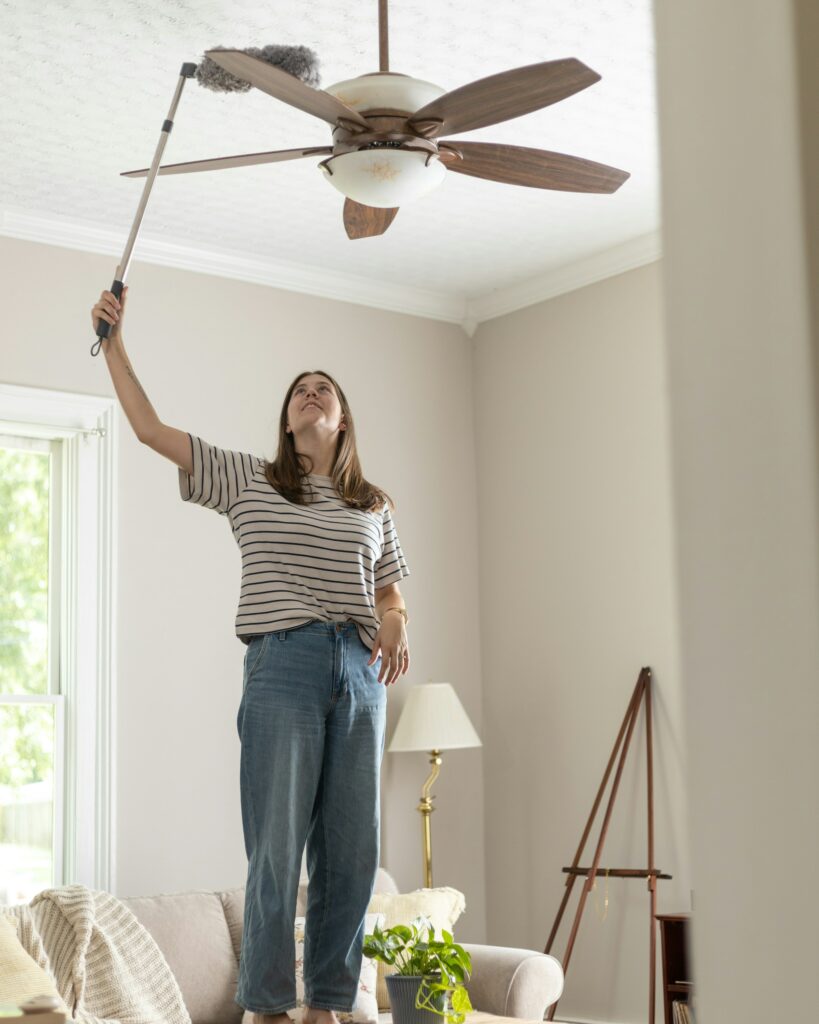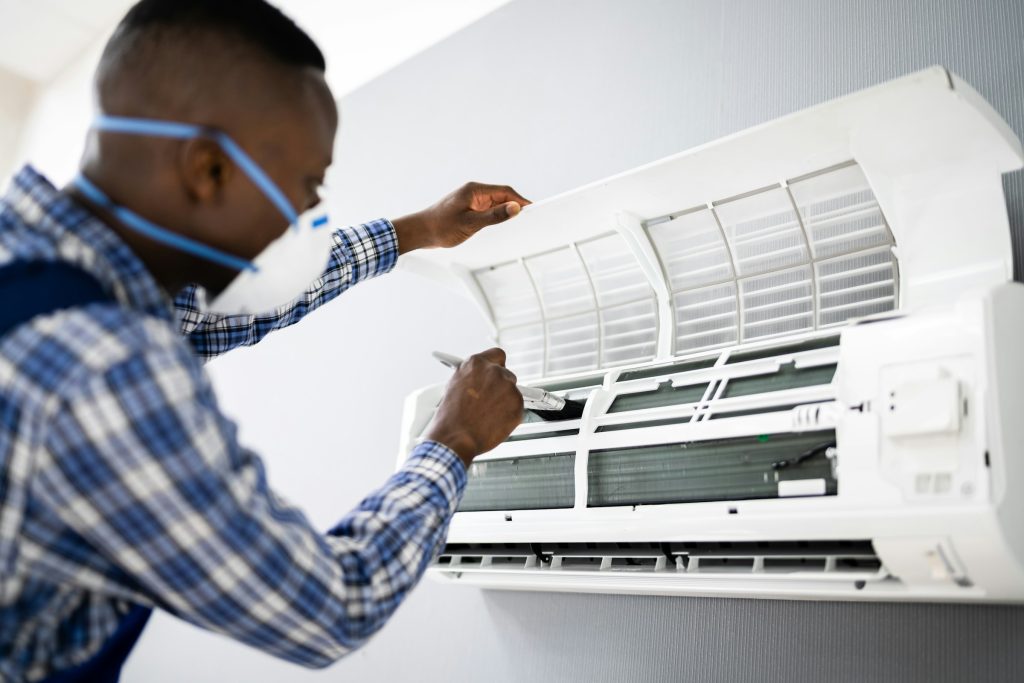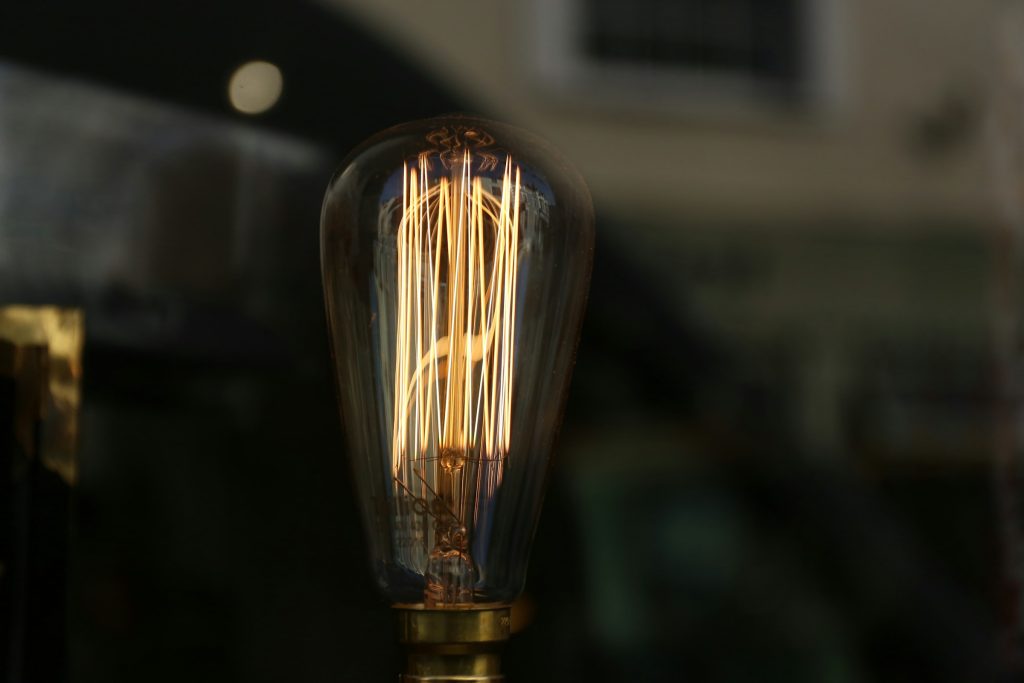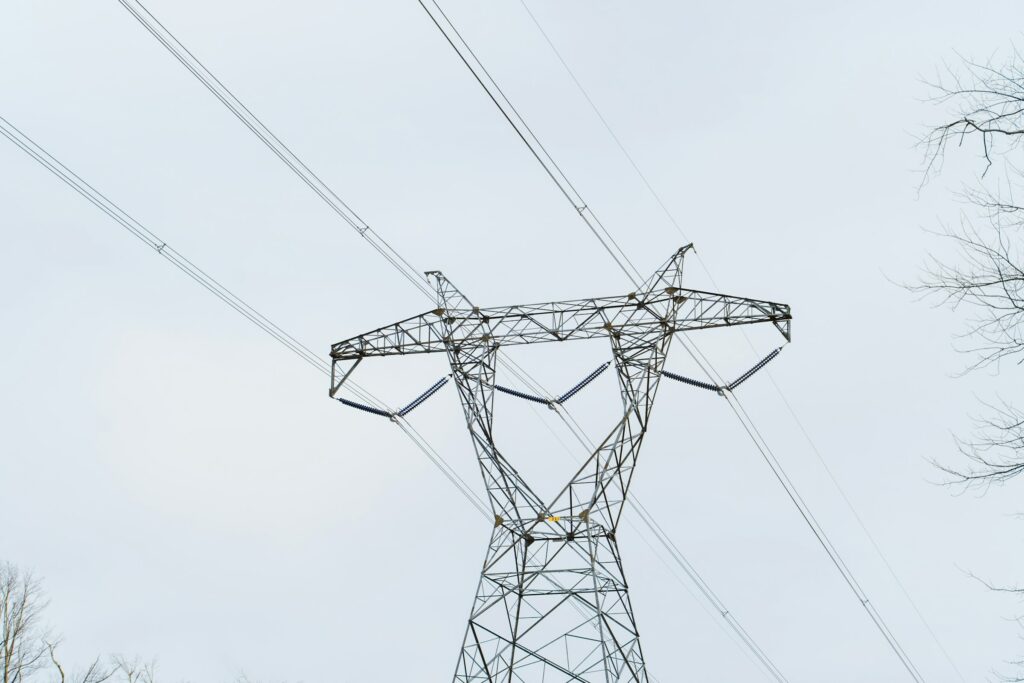Let’s face it: ceiling fans are like the background characters in the movie of your home. They’re always there, spinning away, but you never really pay attention to them unless something goes wrong. And when something goes wrong, it’s usually at the most inconvenient time possible – like when you’re trying to impress your in-laws or in the middle of a heatwave that makes you question why humans decided to settle in Australia in the first place.
But here’s the kicker: those ceiling fan problems you’ve ignored? They’re not just annoying. They could be downright dangerous. So buckle up, because we’re about to take a wild ride through the world of ceiling fan problems, and trust me, it will be more exciting than you think.

Ceiling Fan Problems:
The Wobble Woes: More Than Just an Annoyance
Picture this: you’re lying in bed, trying to drift off to sleep, when you notice your ceiling fan doing its best impression of a drunken ballerina. That wobble isn’t just ruining your feng shui – it’s a cry for help from your fan.
You see, a wobbling fan isn’t just annoying; it’s potentially hazardous. That wobble puts stress on the fan’s mount, and over time, it can loosen the screws or damage the electrical connections. In the worst-case scenario, your fan might decide to break free from its celestial perch and come crashing down on your head. It’s not exactly the wake-up call you were hoping for, is it?
But here’s where it gets interesting: fixing a wobble isn’t always as simple as tightening a few screws. Sometimes, it’s a sign of deeper issues, like warped blades or a misaligned motor. Ignoring it is like ignoring that weird noise your car makes – it might be fine for a while, but eventually, you’ll end up stranded on the side of the road (or, in this case, with a fan-shaped hole in your ceiling).
The Noise Nightmare: When Your Fan Sounds Like a Helicopter
If your ceiling fan sounds like it’s auditioning for a role in “Apocalypse Now”, it’s trying to tell you something. And no, it’s not asking you to play Colonel Kurtz.
Different noises can indicate different problems. A clicking sound might mean loose blade holders, while a grinding noise could indicate motor bearing issues. And if your fan starts humming the theme from “Jaws”, well, you might want to call an exorcist along with your electrician.
But jokes aside, these noises are more than just annoying – they’re your fan’s way of saying, “Hey, I’m not feeling so great here!” Ignoring these sounds is like ignoring your body when it tells you it needs sleep, food, or a break from binge-watching “Married at First Sight”. Eventually, something will give, and it probably won’t be pretty.
The Speed Struggle: When Slow is the New Fast
Remember when you first installed your ceiling fan, and it could generate enough wind to make you feel like you were in a tropical cyclone? Good times. But now, even on its highest setting, it barely ruffles your newspaper. What gives?
Here’s a truth bomb: fans don’t cool the air. They just move it around, creating a wind-chill effect that makes you feel cooler. So when your fan starts slowing down, it’s not just an inconvenience – it’s literally failing at its one job.
This loss of speed could be due to a variety of factors, from a faulty capacitor to worn-out bearings. But here’s the real kicker: a slow fan isn’t just ineffective; it’s also energy inefficient. That’s right – you’re paying the same amount on your electricity bill for less cooling. It’s like paying for a full petrol tank and only getting half. Not exactly the bargain of the century, is it?
The Light That Lies: Dimming and Flickering Decoded
If your ceiling fan light is putting on a better show than the Christmas lights at Carols in the Domain, it might be time to pay attention. Flickering or dimming lights aren’t just annoying—they’re often a sign of electrical issues that could range from minor to “call the fire brigade” serious.
Sometimes, it’s as simple as a loose bulb or a dimmer switch incompatible with your fan. But other times, it could indicate problems with your home’s wiring or the fan’s internal connections. And let me tell you, electrical fires are one home improvement project you want to avoid.
The Remote Control Rebellion: When Technology Fails You
Ah, the remote control. It promised to make our lives easier, but sometimes it feels like it’s part of a conspiracy to drive us mad. When your fan remote stops working, it’s easy to blame the batteries or assume the remote itself is broken. But sometimes, the issue lies deeper within the fan’s receiver or wiring.
And here’s a thought that might blow your mind: sometimes, going back to basics with a good old-fashioned pull chain or wall switch might actually be more reliable. I know, it sounds like heresy in our tech-obsessed world. But something must be said for simplicity, especially when it’s 3 AM and you’re fumbling for a remote that seems to have been swallowed by the couch cushions.
The Installation Illusion: DIY Disasters Waiting to Happen
Look, I get it. We Aussies love a good DIY project. There’s nothing quite like the satisfaction of looking at something and saying, “I built that.” But when it comes to ceiling fans, DIY installation is about as wise as trying to hand-feed a crocodile.
Improper installation isn’t just a recipe for a wobbly, noisy fan – it’s a potential safety hazard. An incorrectly installed fan can crash, damage your ceiling, or cause electrical fires. And let’s be real: no amount of YouTube tutorials can replace the expertise of a licensed electrician.
The Maintenance Myth: What You’re Doing Wrong
Here’s a hard truth: your ceiling fan needs more attention than just the occasional dusting when your mum visits. Regular maintenance is key to keeping your fan running smoothly and safely.
But here’s where it gets tricky: many people think they’re maintaining their fans correctly when, in reality, they’re doing more harm than good. Using the wrong cleaning products can damage the blades or motor. And don’t even get me started on the dangers of standing on a rickety chair to reach your fan. (Spoiler alert: it usually ends with a trip to the emergency room and a story you’ll be telling at barbecues for years to come.)
The Replacement Revelation: When to Pull the Plug
Sometimes, no matter how much you love your ceiling fan, it’s time to say goodbye. But how do you know when to replace rather than repair it?
If your fan is making more noise than a V8 Supercar, wobbling like it’s had a few too many at the pub, or older than your favourite pair of thongs, it might be time for an upgrade. And here’s the good news: newer fans are often more energy-efficient and come with cool features like reversible motors for year-round use.
Taking Control of Your Ceiling Fan Destiny
So there you have it, folks. The shocking, slightly unsettling, but ultimately empowering truth about ceiling fan problems. It’s not all doom and gloom – armed with this knowledge, you’re now better equipped to spot issues before they become disasters.
Remember: your ceiling fan is more than just a spinning decoration. It’s an important part of your home’s comfort and safety system. Treat it with respect, give it the attention it deserves, and it’ll keep you cool for years to come.
And if all else fails? Well, that’s what we’re here for. Because at Down To The Wire, we believe that everyone deserves a ceiling fan that doesn’t sound like it’s plotting world domination. Stay cool, Australia!
Frequently Asked Questions:
How often should I clean my ceiling fan?
Ideally, clean your ceiling fan every month. Regular dusting prevents build-up that can affect performance and air quality.
Can I install a ceiling fan where a light fixture was?
It’s possible, but not always advisable. Ceiling fans are heavier and may require additional support. Always consult a licensed electrician to ensure safe installation.









